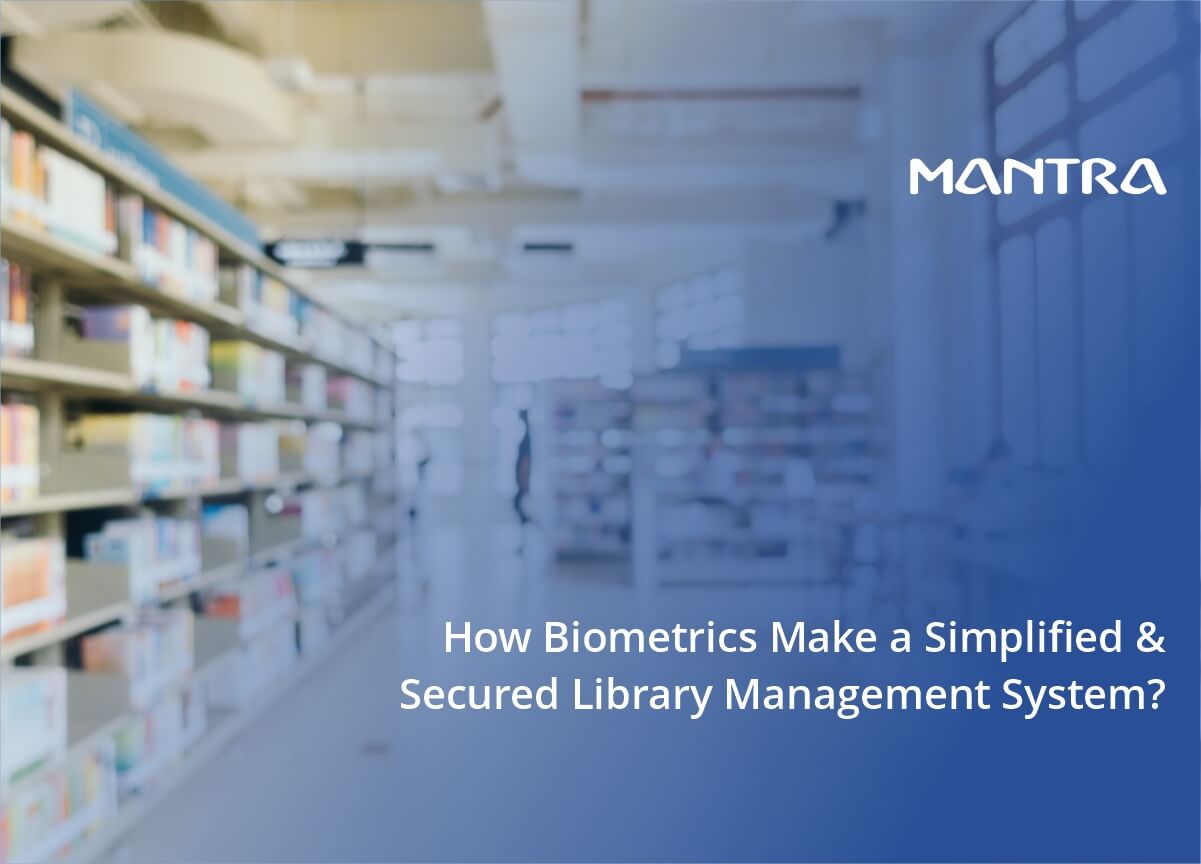
A library management system coupled with biometric authentication provides more than just secure authentication for patrons and librarians. Biometrics, especially modals like facial recognition in library management, is the next step in achieving an automated library management system. The system is equally suitable for academic and non-academic or public libraries.
The increase in smartphone and internet use among people has increased the growth of library management software adaptation.
Infographic Points:
The library management software market will reach $2.56 billion by 2028.
CAGR rate 4%
Driving factors - Biometric patron authentication, online subscription, SMS alerts, billing, etc.
Library management systems reduce operational costs and automate processing.
Why biometrics in library management systems?
Biometrics is replacing traditional card systems. Each patron will be allocated a library card as their identity to take books from the library. This system was a promising practice in the old days, but in the technological era considered time-consuming. Processing the cards takes time, and sometimes patrons forget where they left their cards, so finding it takes time. It becomes significantly more challenging to replace the card if a patron loses it, consuming library resources.
Another issue with the cards is buddy usage. Library cards can pass among students, and in some cases, senior students treat juniors for the card and abuse the system. On the other side, biometrics ensures the right person uses and takes the allowed number of books. And there are a lot more a biometric system offers.
How does biometrics simplify and secure the library management system?
Through fast and accurate biometric identification
All biometric systems accurately authenticate patrons as soon as they are present before the biometric scanners. Biometrics like facial recognition identify a person as they pass the exit gates. Facial recognition combined with the RFID system tagging each book can enable an automated system where patrons can walk out of the library without showing any identity. Facial recognition allows patrons to walk out of the library, just their faces at the camera near the gate, and the RFID reader will simultaneously read the book ID.
Cost-efficient
Losing the card is no longer a problem. The card allocation and re-registration create an expense, while biometric authentication counts only the initial cost. They are cost-efficient in the long run. Fingerprint authentication is the most common and cost-effective solution used in library management.
Integrate with other systems
The library management system can be integrated with the campus attendance management system or other scholarship systems to give an added advantage. Many campuses already have a biometric attendance system that can integrate with the library system without creating a separate database.
Create better statistics
Better analysis is necessary for public libraries. Biometric authentication gives exact statistics of library transactions that contribute to income generation. It can be used to improve operational efficiency and help achieve the business objectives of the library.
Take away:
More than anything, biometrics offers better librarian-patron relations. It creates a transparent relationship between them. Apart from biometrics, comprehensive library management requires RFID, access cards, RFID readers, dropbox facilities, etc. Mantra's library management system can offer all the abovementioned systems, which customers can choose to customize.
Manulal M P
I am Manulal M P from Kerala, I would like to know about camera-based biometric attendance management systems also biometric library management systems
Reply